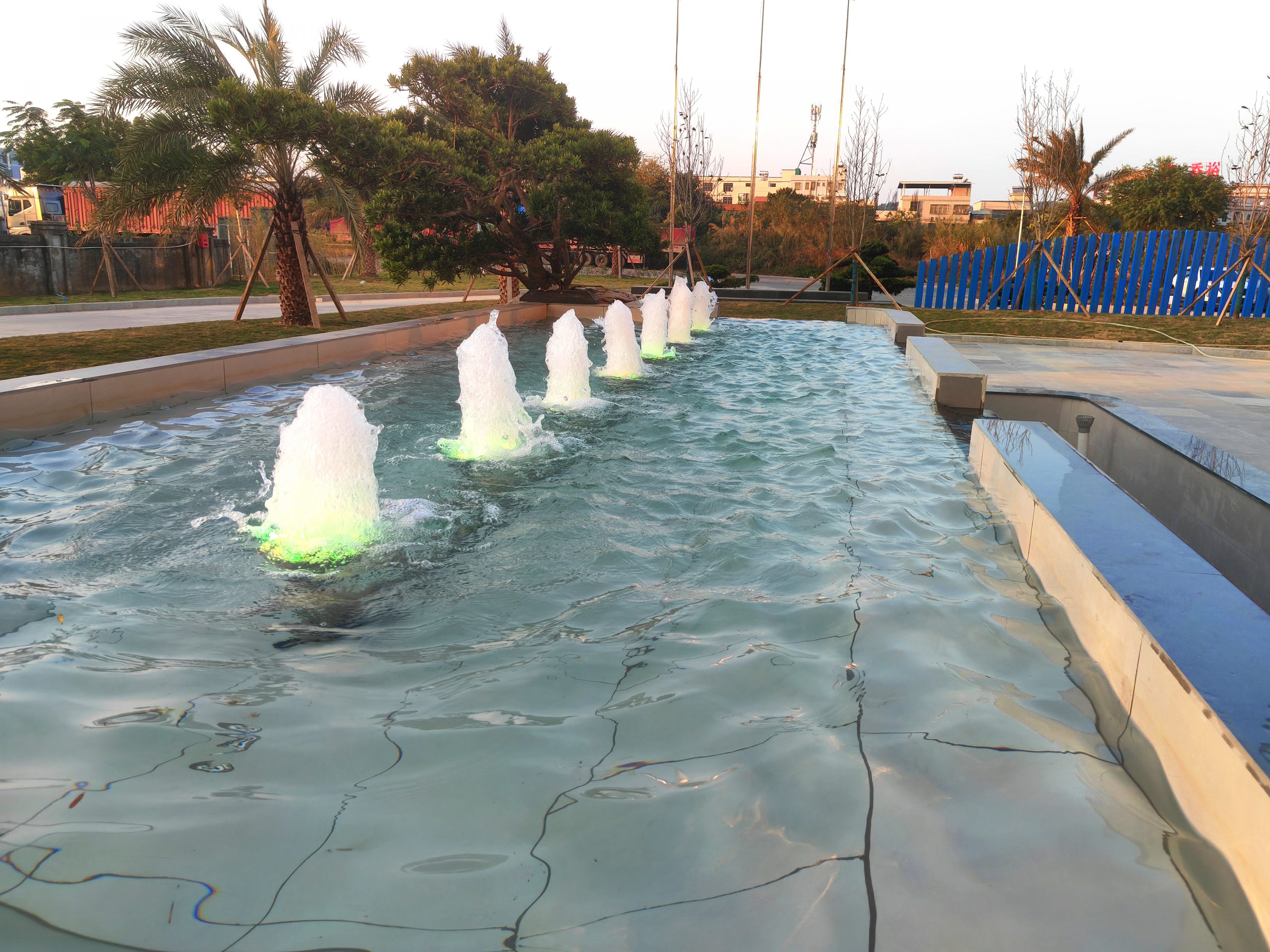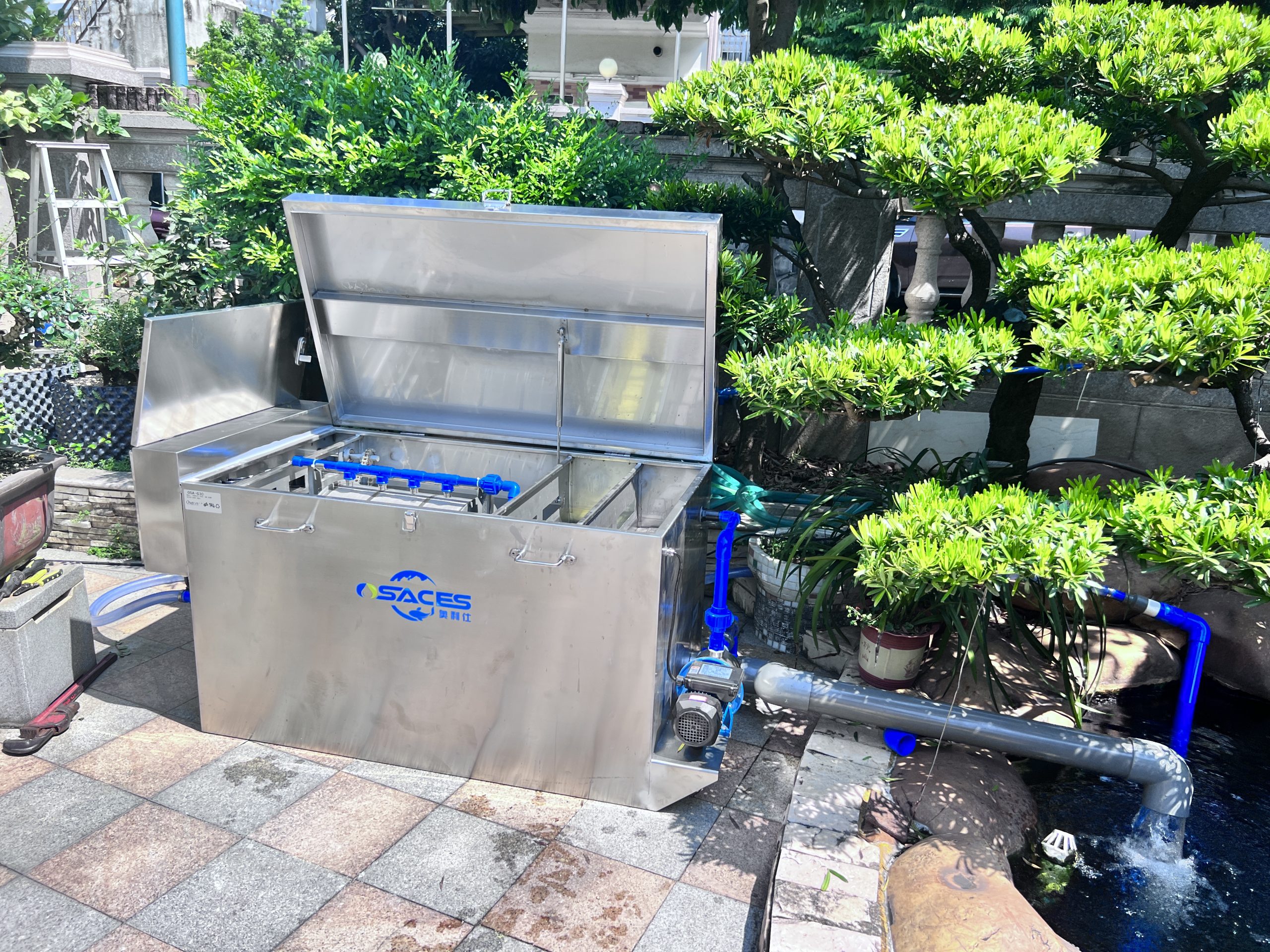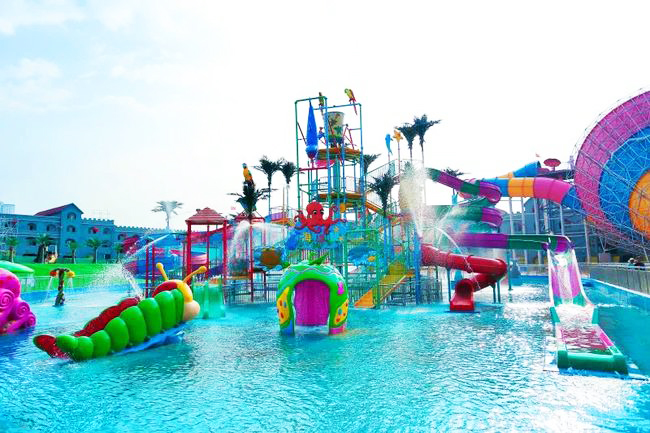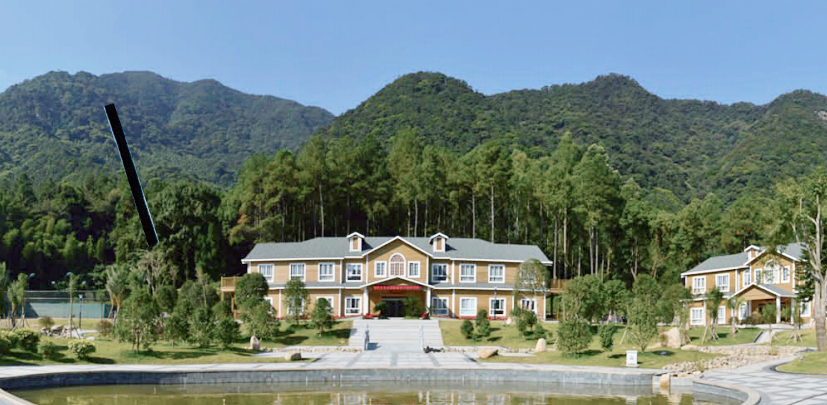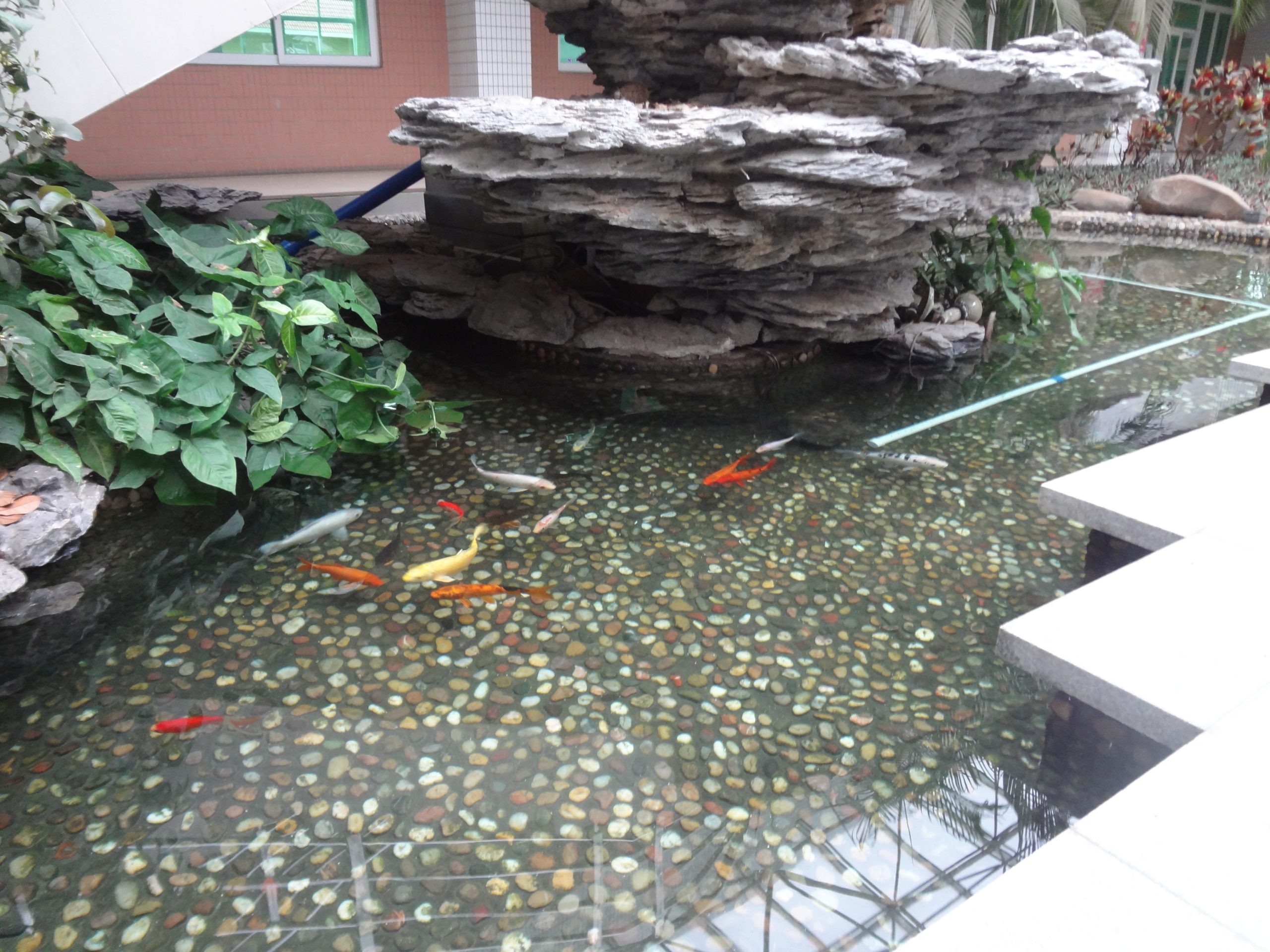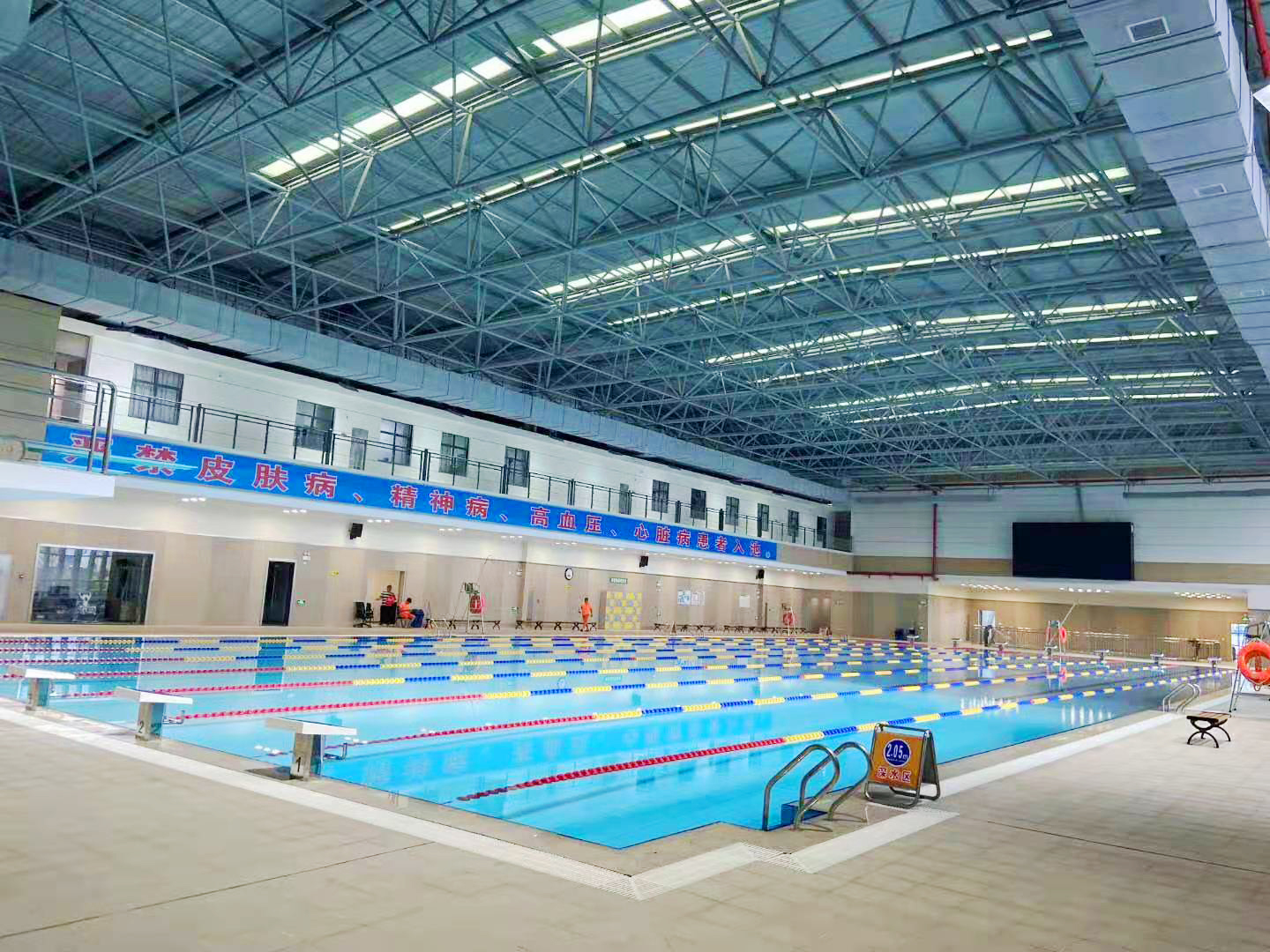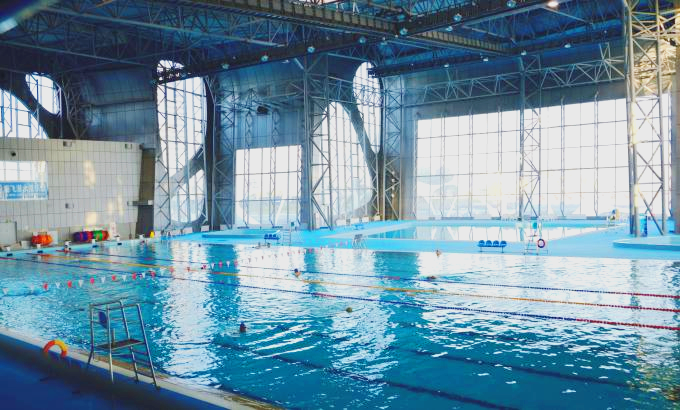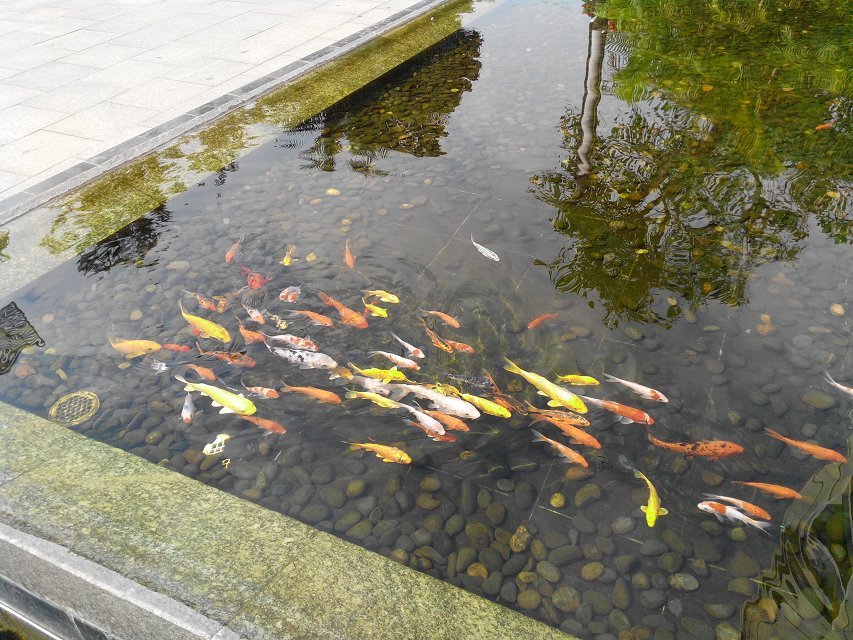common problems
contact details
 Ollies (Guangzhou) Recreation and Sports Equipment Co.
Ollies (Guangzhou) Recreation and Sports Equipment Co.Tel: (020) 82686289
Fax: 020-82694853
Headquarter: No.31-37, Xincun 2 Road, Shangjiang North Street, Dongzhou Village, Xintang Town, Zengcheng City, Guangzhou, Guangdong, China
Diving disease of koi (above)
A lot of fish lovers may keep carp for their whole life without encountering diving disease, but I have encountered it several times in my years of keeping carp, and all of them are full of expectation of love carp, so I have an interest in researching diving disease. I am not a fish disease expert, I just want to organize my own experience in this period of time, so that I won't forget all about it after a long time, and I hope that there are more fish friends to discuss or study this kind of fish disease which is hard to cure.
I. Etiology
Fish with diving disease have nothing more than damaged swim bladders or inflamed intestines, and I have also heard of inflamed ovaries. Usually this is mostly cold water induced, which means that when the water temperature is high, the signs of the disease are less obvious, and once the water temperature becomes low or the water quality is more shocking, the fish will tend to lie on the bottom of the pool. It is usually felt that the fish is struggling to swim and must rely on the vigorous swinging of the hand fins to swim. Once the hand fins and tail fins stop swinging, the fish will sink to the bottom of the pool again, in other words, it has lost its floating function. At the same time, I have observed that the head of the fish will also often struggle to come out of the water to change air, and the gill cover will bubble up a lot when sinking. However, some fish enthusiasts mentioned that fish with diving disease would float or even be upside down on the surface of the pool. I think this kind of symptom is more common in goldfish, which is due to the loss of gas exchange function because of the damage of swim bladder, but I have never seen it in koi fish.
II. Causes
(1) Over-nutrition
There is too much protein, fat and carbohydrates in artificial feeding, and these excess nutrients make koi overweight and squeeze the swim bladder, resulting in damage to the swim bladder. In particular, hobbyists like to feed high protein artificial diets such as colorant and body builder in the summer and autumn, and if they continue to do so towards the end of the winter, it is often easy to overload the swim bladder and intestines of the koi.
(2) Viral infections
According to some studies, elasmobranchs cause inflammation and degeneration of the swim bladder epithelial tissue. A large amount of body fluid accumulates in the fish and presses on the body cavity tubes, causing the air in the swim bladder to be unable to mediate, and the function of floating and sinking becomes ineffective.
(3) Changes in water temperature
Koi are cold-blooded and very sensitive to changes in water temperature. When the water temperature changes drastically, it stimulates the fish's peripheral nerves and causes organ disorders.
(4) Cabin pressure
Some fishers have mentioned, "Our eardrums feel uncomfortable when we fly in airplanes due to changes in air pressure at high altitude, and imported fish are placed in the cargo hold of the airplane, and the cargo hold does not have as good a control over air pressure as the passenger cabin, and the swim bladders of fish are filled with air; therefore, if a fish with a fragile swim bladder is exposed to sudden changes in high and low pressures, the swim bladder may be permanently damaged due to the slight loss of pressure in the cargo hold. " The fish I had onset was also imported.
Summary: I am very careful in feeding, I will soften the feed and add enzymes in the first meal every day, and I will only feed the high protein feeds such as Soyo or Enhancement when the water temperature is higher than 22℃, so it should not be difficult to digest the overfeeding which may lead to enteritis. I think these sick fish should be those with fragile swim bladders, which were damaged during transportation and induced by the change of feeding conditions (water temperature, water body, water quality and feeding method). Of course, the possibility of viral infection cannot be ruled out, only that, if it is really a viral infection, I think there is no cure, and we can only rely on the resistance of the fish itself, after all, it is not a bacterial infection that can be solved by giving antibiotics.
Related content
- Homeostatic regulation of fish pond water quality: a systematic solution based on nitrification kinetics and nutrient thresholds
- Koi Pond Maintenance and Protection Guide during the Rainy Season | The Veteran Driver's Handbook of Dampness and Disease Prevention
- Pool water circulation system maintenance guide, goodbye to cloudy water quality to create four seasons of translucent "liquid sapphire".
- From zero to professional: a complete guide to pool equipment configuration that even a beginner can understand
- The Golden Ratio of Swimming Pool Ventilation and Dehumidification Systems: The Balancing Act of Airflow, Humidity and Energy Consumption
- Specific benefits of dehumidifiers for new swimming pools
- Industrial solutions for fish pond water quality management: How to break through the bottleneck of traditional operation and maintenance of filtration systems?

